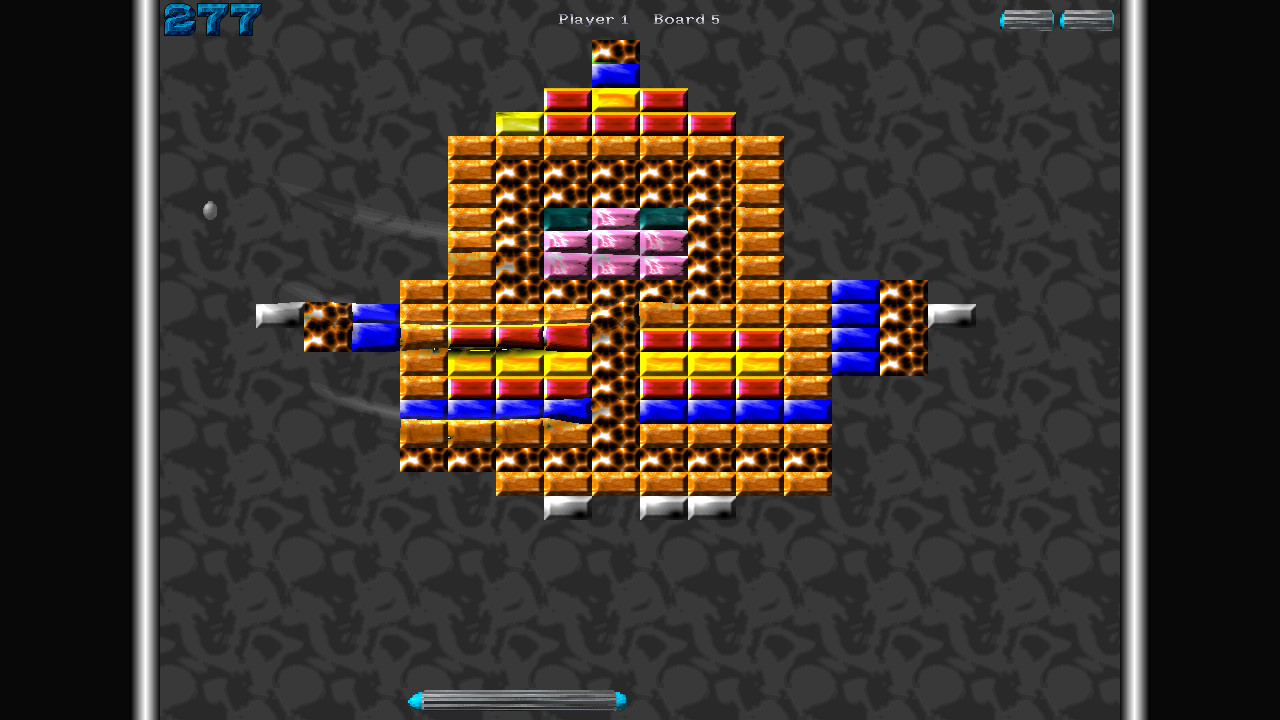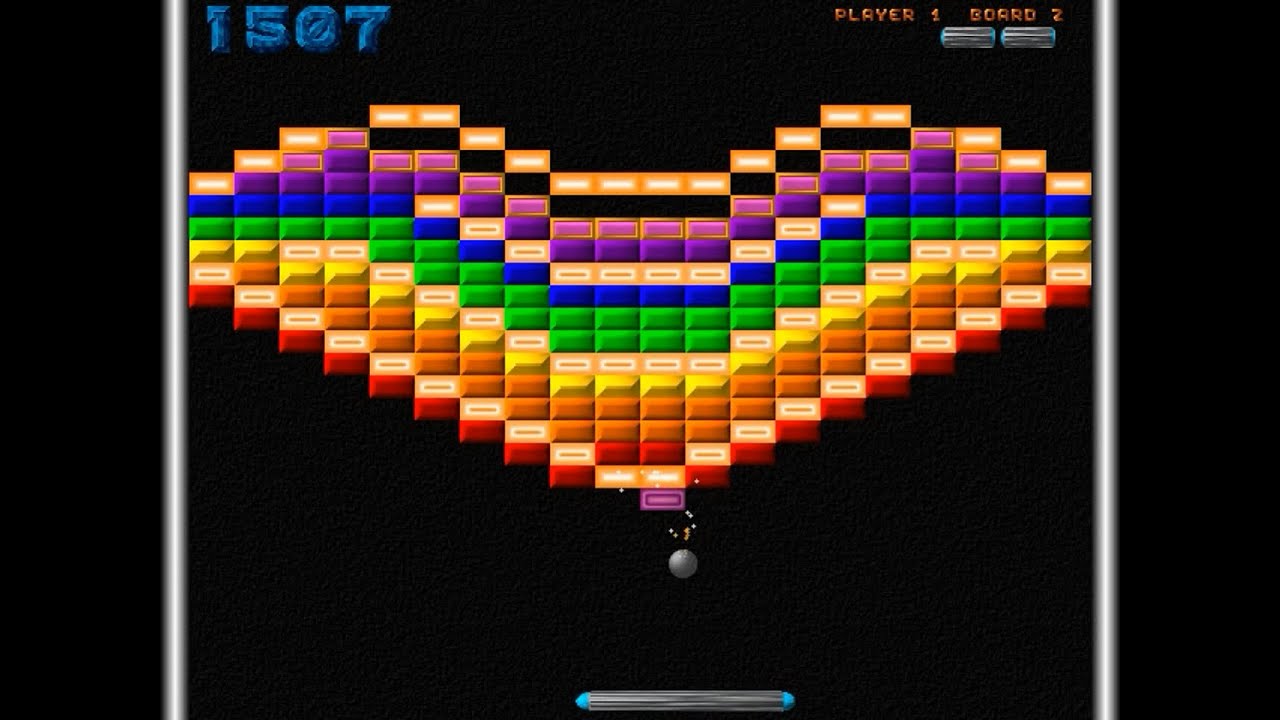

The free demo version of DX-Ball 2 introduced a selection of 24 boards to play, divided into six board-sets, each containing 4 boards. Additionally, the game featured two new power-ups: one enlarging the ball, and an eight ball split power-up a kid's mode with adjusted game settings for easier gameplay and a euro-techno soundtrack by Eric "Sidewinder" Gieseke. Also unique to DX-Ball 2 was the ability to select between multiple board-sets to play, enhancing the gameplay experience with varying themes and distinct visual styles.
#DX BALL GAMEPLAY UPGRADE#
With the advantage of running in high colour mode, DX-Ball 2 presented a notable upgrade from its predecessor in the visual aspect, delivering more vibrant graphics with textured bricks and backgrounds, additive blended explosion effects and real-time ray traced balls. The game was an updated version of the classic DX-Ball by Michael P. Welch, on which Seumas had contributed some of the graphical assets. Programmed by Seumas McNally, DX-Ball 2 was first released on December 16, 1998.

The game will end either after all spare paddles have been lost, or after all the boards in the selected board-set have been completed. Clearing all bricks on the screen that can be cleared will allow the player to proceed to the next board in the board-set. If the player misses the ball and there are no additional balls in play, the paddle will immediately be terminated, penalising the player a spare paddle. As the ball bounces back towards the bottom of the screen, the player must steer the paddle to bounce the ball back up again. As bricks disintegrate, they will sometimes eject a random power-up into the playing field, which the player then may choose to catch with the paddle, or avoid, depending on the specific power-up and its effect in the game. Some bricks will take multiple hits before they clear, while other bricks will be invisible, combustible or unbreakable.

Using the computer mouse, the player moves a paddle across the bottom of the screen, which is used to launch off a ball into a confined field of bricks, clearing the bricks as the ball bounces into them. Following the release of the anniversary edition on Steam, distribution of the original demo version of DX-Ball 2 via the Longbow Games website was discontinued, alongside sales of the game's original board pack expansions.īased on the concept of Atari's arcade instalment Breakout, the gameplay of DX-Ball 2 follows the generic formula of the brick buster genre. The anniversary edition introduced high-definition graphics, widescreen gameplay with a selection of new widescreen board-sets, additional power-ups, online leaderboards, and a board-set editor for creating custom board-sets. On November 21, 2018, the game was re-released on Steam as DX-Ball 2: 20th Anniversary Edition, commemorating the game's 20th anniversary, while also ensuring compatibility with more recent versions of Windows.

Welch, the sequel introduced a number of improvements to the original game, including high-colour textured graphics, an original soundtrack by Eric "Sidewinder" Gieseke, multiple board-sets with distinct visual styles, and a hotseat multiplayer mode. As a follow-up to the 1996 cult-classic DX-Ball by Michael P. Just search for the names "Freebee.mid", "Brain.mid", "12flight.mid", "Gmfigaro.mid" and "Acker-gs.mid".DX-Ball 2 is a 1998 brick buster game for Microsoft Windows, developed and published by Longbow Games. He just found some MIDI music in the Internet (written from 1993 to 1994 for Roland GS and General MIDI) and converted it to MDS. Not Credited Arranger: Unknown credited as MTA.Not Credited Arranger: Romeo Music International credited as Romeo Music Intl.Not Credited Composer: Wolfgang Amadeus Mozart.Not Credited Composer: Roland credited as Roland Corporation.Not Credited Composer: Nikolai Rimsky-Korsakov.Not Credited Composer: Jeff Bosset credited as Jeff R.Ripper: M1911 (main), binarymaster (conversion to MIDI).


 0 kommentar(er)
0 kommentar(er)
